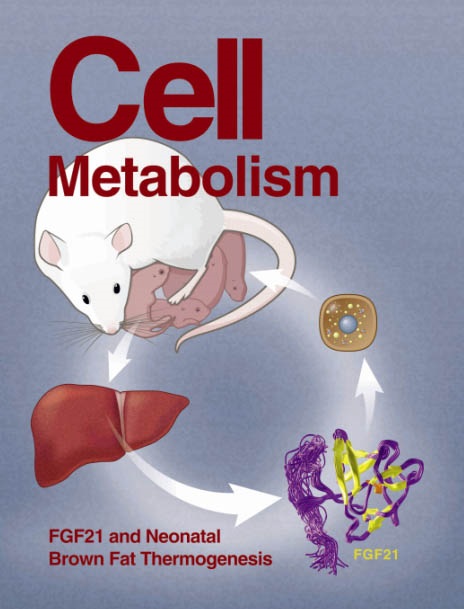骨骼肌中NAD的消耗不会损害肌肉功能或加速衰老
IF 30.9
1区 生物学
Q1 CELL BIOLOGY
引用次数: 0
摘要
烟酰胺腺嘌呤二核苷酸(Nicotinamide adenine dinucleotide, NAD)是一种普遍存在的电子载体,对能量代谢和许多调节蛋白的翻译后修饰至关重要。NAD代谢失调被广泛认为对健康有害,NAD消耗通常与衰老有关。然而,细胞NAD浓度下降到何种程度而不产生不良后果尚不清楚。为了研究这一点,我们建立了一个小鼠模型,在该模型中,烟酰胺磷酸核糖基转移酶(NAMPT)介导的NAD+生物合成在成人骨骼肌中被破坏。干预导致肌肉NAD+丰度降低85%,同时保持组织完整性和功能,如保留的肌肉形态、收缩性和运动耐受性所证明的那样。完整的线粒体呼吸能力和未改变的肌肉转录组学和蛋白质组学谱进一步支持了这种功能损伤的缺失。此外,终生消耗NAD不会加速肌肉老化或损害全身代谢。总的来说,这些发现表明NAD的消耗不会导致骨骼肌功能与年龄相关的下降。本文章由计算机程序翻译,如有差异,请以英文原文为准。

NAD depletion in skeletal muscle does not compromise muscle function or accelerate aging
Nicotinamide adenine dinucleotide (NAD) is a ubiquitous electron carrier essential for energy metabolism and post-translational modification of numerous regulatory proteins. Dysregulations of NAD metabolism are widely regarded as detrimental to health, with NAD depletion commonly implicated in aging. However, the extent to which cellular NAD concentration can decline without adverse consequences remains unclear. To investigate this, we generated a mouse model in which nicotinamide phosphoribosyltransferase (NAMPT)-mediated NAD+ biosynthesis was disrupted in adult skeletal muscle. The intervention resulted in an 85% reduction in muscle NAD+ abundance while maintaining tissue integrity and functionality, as demonstrated by preserved muscle morphology, contractility, and exercise tolerance. This absence of functional impairments was further supported by intact mitochondrial respiratory capacity and unaltered muscle transcriptomic and proteomic profiles. Furthermore, lifelong NAD depletion did not accelerate muscle aging or impair whole-body metabolism. Collectively, these findings suggest that NAD depletion does not contribute to age-related decline in skeletal muscle function.
求助全文
通过发布文献求助,成功后即可免费获取论文全文。
去求助
来源期刊

Cell metabolism
生物-内分泌学与代谢
CiteScore
48.60
自引率
1.40%
发文量
173
审稿时长
2.5 months
期刊介绍:
Cell Metabolism is a top research journal established in 2005 that focuses on publishing original and impactful papers in the field of metabolic research.It covers a wide range of topics including diabetes, obesity, cardiovascular biology, aging and stress responses, circadian biology, and many others.
Cell Metabolism aims to contribute to the advancement of metabolic research by providing a platform for the publication and dissemination of high-quality research and thought-provoking articles.
 求助内容:
求助内容: 应助结果提醒方式:
应助结果提醒方式:


